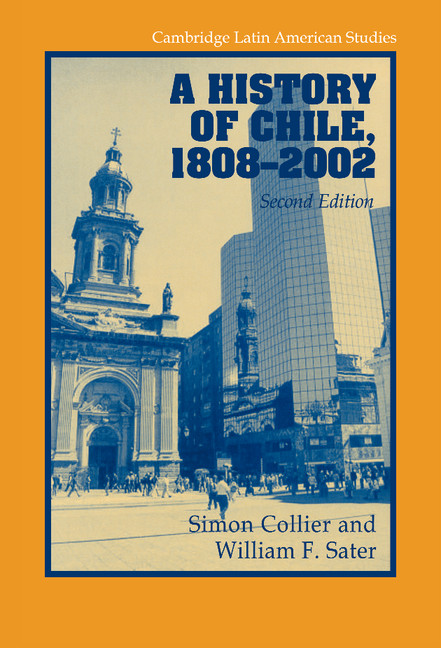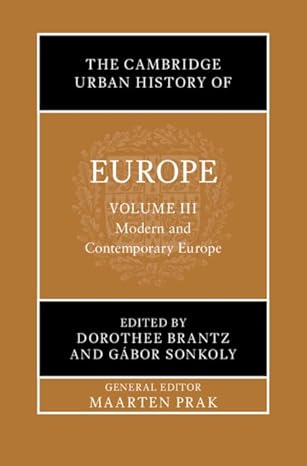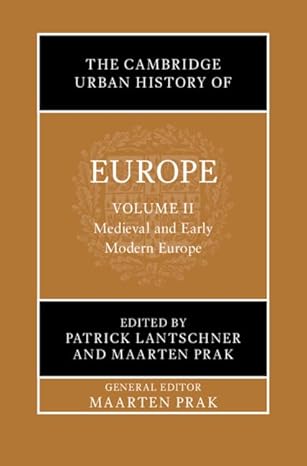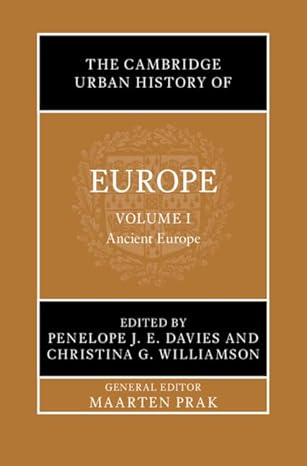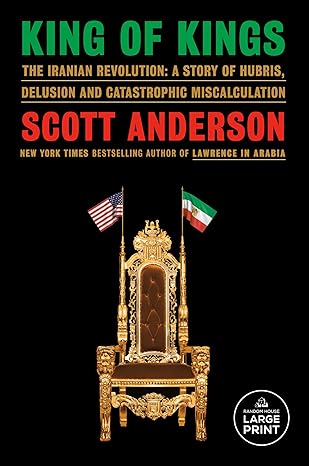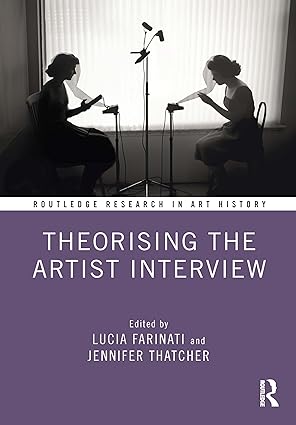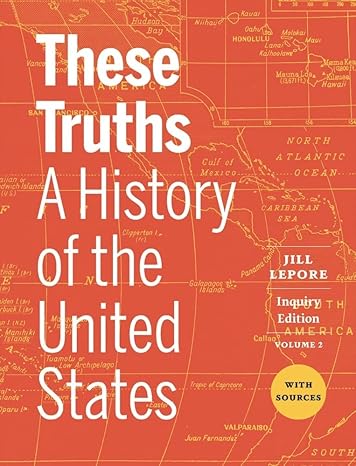تاریخچه شیلی تحولات سیاسی، اجتماعی و اقتصادی این کشور را از استقلال تا سالهای اولیه رژیم لاگوس شرح می دهد. با استفاده از مواد اولیه و ثانویه، رشد اقتصاد کشاورزی شیلی را بررسی میکند، که طی آن زمینهای بزرگ ظاهر شدند. رونق معدن و گندم در قرن نوزدهم. ظهور معادن نیترات؛ جایگزینی آنها با استخراج مس. و تنوع پایه های اقتصادی کشور. این جلد همچنین توسعه سیاسی شیلی از الیگارشی تا دموکراسی را دنبال میکند که با انتخاب سالوادور آلنده، سرنگونی او توسط دیکتاتوری نظامی و بازگشت دولتهای منتخب مردم به اوج خود میرسد. علاوه بر این، این جلد تاریخ اجتماعی و فکری شیلی را بررسی می کند: روند شهرنشینی، گسترش آموزش و بهداشت عمومی، کاهش فقر، ایجاد سنت فکری و ادبی غنی، تجربیات طبقات متوسط و پایین و توسعه جامعه فرهنگ منحصر به فرد شیلی
چکیده فارسی
تاریخچه شیلی تحولات سیاسی، اجتماعی و اقتصادی این کشور را از استقلال تا سالهای اولیه رژیم لاگوس شرح می دهد. با استفاده از مواد اولیه و ثانویه، رشد اقتصاد کشاورزی شیلی را میکند، که در آن زمینهای بزرگ ظاهر شدند. رونق معدن و گندم در قرن نوزدهم. ظهور معادن نیترات؛ جایگزینی آنها با مس. و تنوع پایه های اقتصادی کشور. این جلد همچنین توسعه سیاسی شیلی از الیشی تا دموکراسی را دنبال میکند که با انتخاب سالوادور آلنده، سرنگونی او توسط دیکتاتوری نظامی و بازگشت دولتهای منتخب مردم به اوج خود میرسد. علاوه بر این، این جلد تاریخ اجتماعی و فکری شیلی را بررسی می کند: روند شهرنشینی، گسترش آموزش و بهداشت عمومی، کاهش فقر، ایجاد سنت فکری و ادبی غنی، تجربیات طبقات متوسط و پایین و توسعه فرهنگ فرهنگی به فرد شیلی. p>
ادامه ...
بستن ...
تاریخ شیلی، 1808-2002 ویرایش دوم
ادامه ...
بستن ...
List of maps page xiii
Preface to the Second Edition xv
A note on geography xix
PART I Birth of a nation-state, 1800s–1830s 1
1 Colonial foundations, 1540–1810 3
Development of rural society 5
Mining, manufacturing, trade 14
The colonial elite and its urban setting 18
Church and state 22
A nationality in embryo? 25
Reformers and revolutionaries 29
2 Independence, 1808–30 32
The first creole governments 33
The wars of independence 35
The legacies of revolution 40
The quest for political order, 1817–30 46
3 The conservative settlement, 1830–41 51
Diego Portales 52
The Conservative political settlement 54
The economic settlement 60
The war with the Peru-Bolivian Confederation 63
PART II The rise of a republic, 1830s–1880s 71
4 A time of progress, 1830s–1870s 73
Government policy and practice 73
The export economy: mining and agriculture 76
The outward and visible signs of progress 84
The slowly changing face of society 88
ix
x Contents
Foreigners and natives 94
Cities and culture 97
5 The Liberal impulse, 1841–76 104
Bulnes and the re-emergence of Liberalism 104
Montt and the Conservative defection 109
The Liberal-Conservative Fusion 114
The “new politics” 120
6 Crisis and war, 1876–83 125
Economic crisis 125
International crisis 127
The War of the Pacific 131
Soldiers and civilians 137
Economy and society during the war 139
The war and fiscal policy 142
Politics and the war 144
PART III The nitrate era, 1880s–1930s 147
7 The Parliamentary period, 1882–1920 149
Santa Mar´ıa and Balmaceda 149
The Civil War of 1891 154
Parliamentary Republic: economic aspects 157
Agriculture, manufacturing, copper mining 157
Nitrates 161
Inflation and monetary policy 166
Parliamentary Republic: social aspects 170
Population, immigration, social change 170
Urban life: splendors and (especially) miseries 173
The “German bewitchment”: the Army and education 178
A glance at culture (1880s–1920s) 181
Perceptions of national decline 184
Consolidation of the Parliamentary regime 188
Riesco, Montt, and the “social question” 194
The decline of the Parliamentary Republic 197
8 The Lion and the mule, 1920–38 202
The backwash of the First World War and the 1920s 202
Alessandri’s first presidency 205
Military intervention and a new Constitution 209
The Iba´nez regime, ˜ 1927–31 214
The fall of Iba´nez and the months of turbulence ˜ 221
Alessandri’s second presidency, 1932–38 226
Contents xi
PART IV Industrial advance and the dawn of mass politics,
1930s–1960s 235
9 The Radicals, the General of Hope, and the Lion’s Son,
1938–64 237
Pedro Aguirre Cerda, 1938–41 240
Juan Antonio R´ıos, 1942–46 243
Gabriel Gonzalez Videla, ´ 1946–52 246
The General of Hope, 1952–58 251
The second Alessandri, 1958–64 258
10 The industrial impulse, 1930s–1960s 264
The economy during the Radical ascendancy 265
Agriculture at mid-century 265
Mining 268
Industrialization 269
Fiscal policy and inflation 274
The economy under Iba´nez ˜ 276
Jorge Alessandri’s economic policies 280
The agrarian question 280
Copper 281
Inflation and fiscal policy 282
Society at mid-century: 1930s–1960s 285
Social structure, new roles for women 285
Population, health, education 288
Urbanization and urban life 291
Mass media, communications, transportation 295
A glance at culture (1930s–1960s) 299
PART V Democracy and dictatorship, 1960s–2000s 303
11 Revolution in liberty, 1964–70 305
Catholic social reformers 305
A “parliament for Frei” 308
Social reforms and economic frustrations 311
Radicalization, polarization, mobilization 320
The “Tacnazo” and the triumph of Allende 325
12 The Chilean road to socialism, 1970–73 330
Toward a socialist economy? 334
The nationalization of copper 334
The acceleration of agrarian reform 337
The nationalization of industry 340
The failure of the UP’s economic strategy 344
xii Contents
Confrontation and stalemate 346
Breakdown and tragedy 352
13 The Pinochet years 359
Consolidation of the Pinochet regime 359
The Chilean road to capitalism 364
The renewal of politics 376
“Re-encounter with history” 382
14 Re-encounter with history, 1990–2002 390
Friend of the elves, 1990–94 390
Neo-liberalism with a human face? 394
A decade of advance 394
Tackling the “social debt” 396
Turn-of-the-century social symptoms 398
A very brief glance at culture (1970–2000) 403
Frei II and Lagos, 1994–2002 405
Glossary of Spanish terms 415
Initials and acronyms 419
Further reading 423
Index 437
ادامه ...
بستن ...
